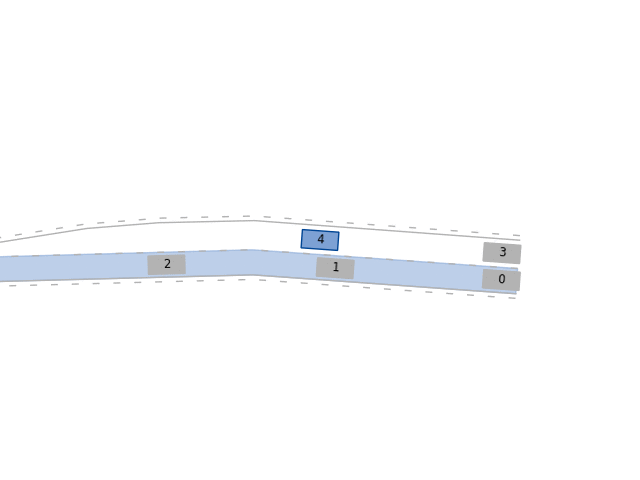BARK
Getting StartedBuilding From SourceCore ModulesDeveloping Behavior ModelsBenchmarkingAdvanced TopicsBARK-ML
Getting StartedObserversEvaluatorsEnvironmentsBARK-ML AgentsGetting Started With BARK-ML
BARK-Machine Learning (BARK-ML) offers easy to use OpenAI-Gym environments and agents to learn behaviors for autonomous vehicles.
It can be installed using pip install bark-ml. Building BARK-ML from source is similar to building BARK which is described here.
BARK-ML provides blueprints for several scenarios. To run the merging scenario, run the following code:
import gym
import numpy as np
# registers bark-ml environments
import bark_ml.environments.gym # pylint: disable=unused-import
env = gym.make("merging-v0")
initial_state = env.reset()
done = False
while done is False:
action = np.array([0., 0.]) # acceleration and steering-rate
observed_state, reward, done, info = env.step(action)
print(f"Observed state: {observed_state}, Action: {action}, "
f"Reward: {reward}, Done: {done}.")As in the BARK tutorial, the code above will result in running the merging scenario with the ego vehicle depicted in blue:

BARK-ML extends the BARK environment with Observer, Evaluator and Agent modules.
The Observer converts a BARK world into a suitable representation for machine learning – e.g., a feature vector or graph structure.
The Evaluator returns a reward signal and determines whether the simulation state is terminal or not.
And, finally, BARK-ML offers an Agent that is able to learn behaviors for autonomous systems.